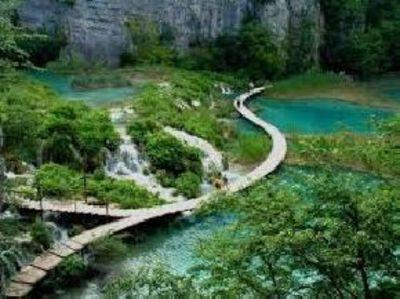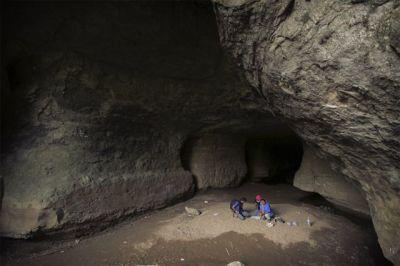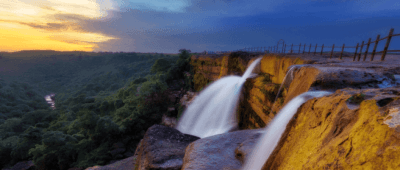Double Decker Living Root Bridge
CherrapunjiIndia
5/5
NearBy Airport
Shillong (50 Km)
Best Season
October - September
- Visiting Time : 06 AM - 6 PM
- Ideal Duration : 6 Hrs
- Best for : Adventure & Activity
- Distance from City Centre : 20 km
- Local Transport Mode : Taxi
Overview
The Double Decker Living Root Bridge, located in the hilly regions of Meghalaya, represents one of the beautiful natural structures that has earned wide acclaim. The bridge is not only a testament to the ingenuity of the people as an Indigenous group, but it's also an outstanding tourist attraction and sets people of all walks from other parts of the world to visit this place.
Built near Cherrapunji-the wettest place on this Double-Decker bridge is an awesome example of bioengineering the tribes of Khasi in Meghalaya state have built. The Double Decker Root Bridge is such an excellent manifestation of the harmony between nature and human creativity.
It is formed by leading, over several years, the uplifted root of the tree, popularly known as the rubber tree. It is said that generations ago, the Khasi people of this region realized that with the extremely flexible roots of this tree, they could be shaped into bridges over rivers and streams. Over time, these bridges develop strength and stature so that they can carry dozens of people simultaneously.
The Double Decker bridge is unique in that it consists of two layers of these intertwined living roots, forming two parallel bridges one above the other. Going to the Double Decker Bridge in Meghalaya is something one does not forget. However, it's not for the faint-hearted. It entails trekking through thick Meghalaya jungles for thousands of feet and then coming down the very same thousands of stone steps just to reach that place.
The view, however, is spectacular once you reach the Cherrapunji Double Decker Bridge. There, the roots that time has in-grained into tangles have become an art in nature, both the lower and upper bridge giving a glimpse of the symbiotic relationship between the human person and nature. The top layers of the double-decker bridge allow passers-by to cross while marvelling at the living root layers under their feet.
The Low-level bridge often gets half submerged in a small, cool stream during the monsoon season and it is an altogether surreal experience for travelers crossing it. The Double Decker Root Bridge in Cherrapunji ranks at the top of the list of Meghalaya attractions and a visit to this site provides you with much more than an opportunity to view a very unique and particular Bridge.
The trek takes you to a region of such high biodiversity as well as greenery. The trek passes through small villages, where you will see and experience the warm hospitality of the Khasi people firsthand. For the surrounding area around this bridge, there is a haven for trekkers and adventure enthusiasts.
Natural waterfalls, natural pools, and a densely grown forest within proximity are on offer. If you yearn for a refreshing escape from the urban jungle, then this double-decker root bridge is your answer, drenched in nature.
Tourists usually spend the night in Nongriat; guesthouses are basic but comfortable. One would like to see the bridge when the sun rises and it is misty, and soft and golden when it sets it's a great way to unplug oneself from one's daily din and reconnect with nature in one of the last pristine environments in India. The months to watch for the Double Decker Bridge Meghalaya are October to April.
Weather is relatively dry, and the trekking paths are easier to manoeuvre, but you would have altogether a different experience and relish the beauty with open arms if you go during the months of monsoon, June to September, when the forests are at their peak and waterfalls cascade from each nook and corner.
The trails are slippery; a bit difficult to cross the lower bridge when the streams are swollen. However, the Meghalaya Double Decker Bridge is much more than an attraction; it's a symbol of a regional deep connection with nature.
This can be done sustainably and harmoniously with nature, hence structures that, apart from practical use, will stand as a witness to their cultural heritage. Visiting this Double Decker root bridge in Meghalaya is an experience that will leave you aghast at the powers of nature and human ingenuity.
This feature should go to any itinerary for people who are planning a trip to Meghalaya. That Double Decker, the stunning beauty, challenging trek, and rich cultural importance bring it an experience of a lifetime sort of travel. What you must not miss is the chance to visit this wonder of nature and many other attractions of Meghalaya Tourism through curated Cherrapunji Tour Packages.
+Read More
Get your free quote
Similar Attractions
Popular Tours in Cherrapunji







